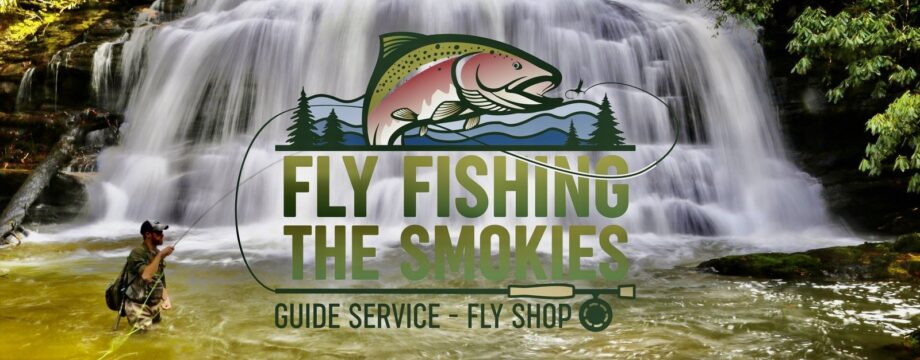Caddis Flies
It’s fast approaching, Spring!! The first day is only just over a couple of weeks away. And that means dry fly action, specifically here, Caddisflies. Eugene and I got to witness a hatch just the other day. The 60 degree weather brought on a nice Grannom hatch (black caddis), and a bit of inspiration for this blog.
The caddis is one of the most abundant food sources for a trout. They feed on them from the larva stage on up to the adult stage of their life cycle. And unlike mayflies, caddis have a full life cycle, adult, larva, and pupa. Mayflies do not have a pupa stage. That means more opportunities for trout to feed on caddis!
There is a lot going on with a hatch than just a bunch of bugs flying around. In essence all caddis hatches are similar but change slightly depending on species. There is an abundance of info if you would like to delve deeper into specific hatches. As a trout angler, the basic understanding of any hatch will help you catch fish.
Let’s start below the water’s surface with something not everyone gets to see, unless your really looking.
Caddis Larva
Caddis larva look similar to a small grub, and are very vulnerable at this stage. They build a protective case out of silk and debris usually from sand, gravel, or sticks. They will stay in this state essentially a year. When it is time to pupate they will close off their case and when time of day and water temperatures are just right they emerge.
Caddis Pupa
Caddis pupa form a gas pocket under their pupal skin that help them ascend to the surface. This gas and the skin make them shimmer and sparkle. By the time they reach the water surface they are a winged adult ready for flight. This step happens fairly quick. If you’ve ever been on the river and see trout jumping out of the water it is a very good indicator there is a Caddis hatch going on. The splashy rise is a trout chasing a caddis pupa on its way to the surface.
Caddis Adult
The adult caddis looks similar in appearance to a moth, which they are closely related to. You can always tell a caddis by their tent shaped wings that lay flat against their body. They will fly around erratically, sometimes for days looking to mate. After mating caddis land on the water surface (some swim to the bottom) to lay their eggs then die. Completing the cycle.
Now that we know the stages of a caddis hatch we can break that down to what fly to fish with. Using the knowledge of the hatch we covered and matching fly size, silhouette, and color we can get those trout to bite. Here are some common flies that mimic a caddis in each cycle stage.
Green Rock Worm or Green Caddis Larva
A pretty simple fly that mimics the larva stage but don’t let it fool you, many trout have met the frying pan or had a sore lip at the hands of this fly.
Sparkle Pupa
This mimics the pupa stage, the yarn sparkles to look like the pupal casing and air bubbles. Fish this in the surface film or just below.
Elk Hair Caddis
One of the essentials in your fly box. This is because the caddis flies so erratic, it makes the elk hair fool proof. It sometimes entices a strike if you dance it across the water. Keep them in various sizes, #12 – 20. Keep various colors too black, tan, and olive are most common. It’s a Classic!
So this spring when you hear the trout jumpin and the Caddis are flyin fish these three flies. You’ll bring many trout to the net.
Written by Josh Deck
Josh is a full time Guide with Fly Fishing the Smokies








